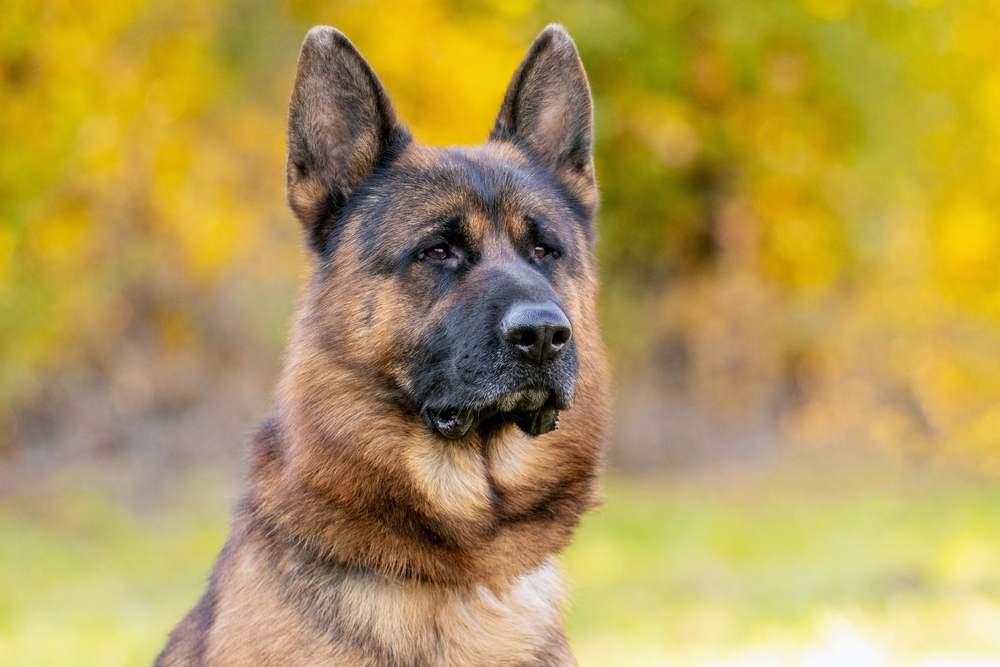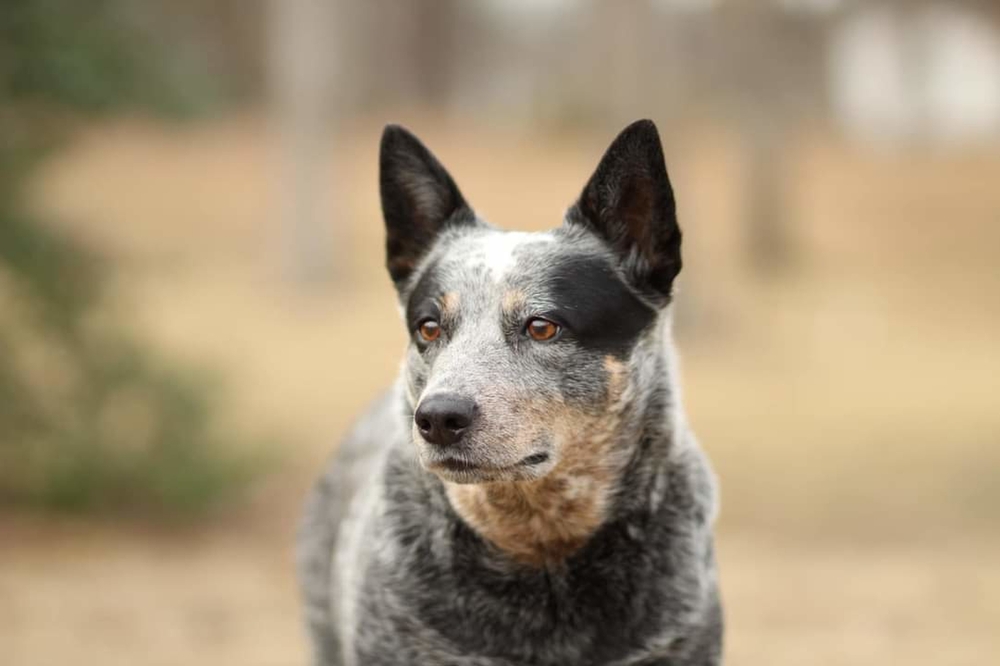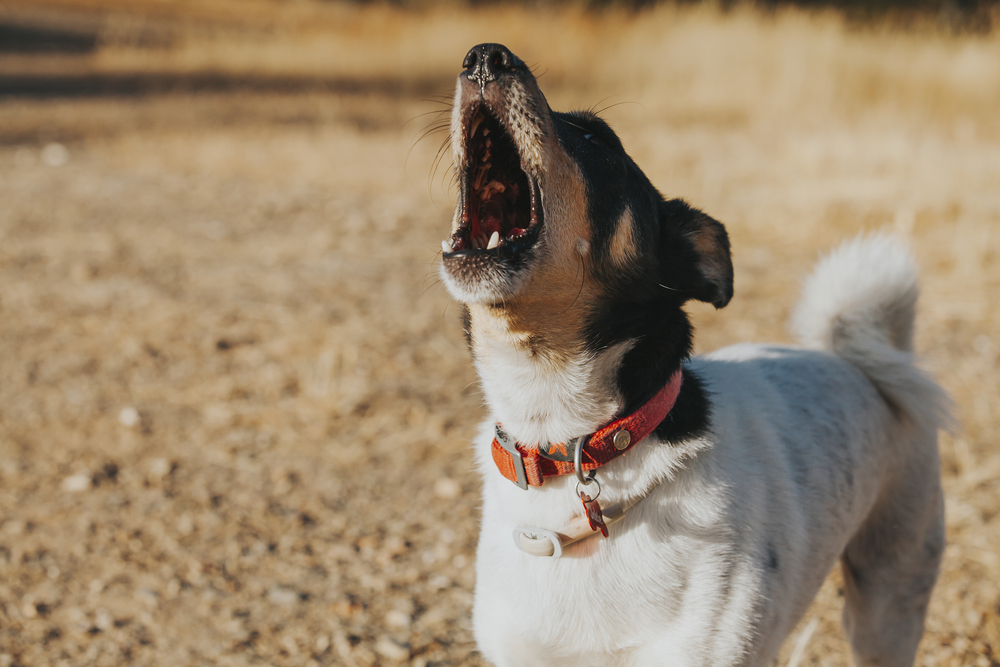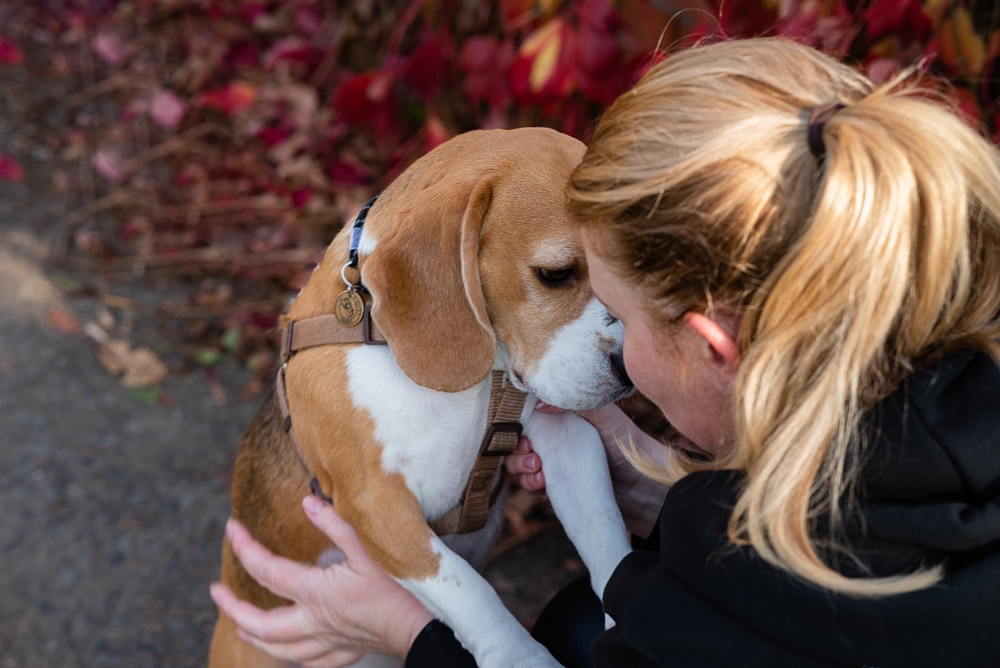Do you understand what your dog is trying to tell you?
Others are reading now
Dogs are constantly communicating – not with words, but through looks, body language, and sounds.
A Dog’s Body Language

- Dogs use their whole body to express themselves
- The tail, ears, and posture reveal their mood
- A relaxed dog has a soft posture and a low tail
- An upright body and stiff tail may signal alertness
The Tail Says a Lot

- A wagging tail often means happiness – but not always
- Fast wagging with a high tail = excitement or dominance
- Low tail with small movements = insecurity or submission
- Always interpret the tail together with the rest of the body
Ear Position

- Ears forward = curiosity or attentiveness
- Ears pulled back = fear or uncertainty
- Flattened ears against the head = sign of submission
- Calm ear position = relaxed and comfortable dog
Eye Contact and Gaze

- Direct, steady eye contact can feel threatening to a dog
- Soft, blinking eyes show comfort and trust
- Avoiding eye contact = respect or discomfort
- Dilated pupils may indicate stress or excitement
Vocalizations and Sounds

- Barking can mean anything from joy to alarm
- Growling is usually a warning – take it seriously
- Whining and whimpering may signal pain, excitement, or frustration
- A dog’s tone and the situation determine the meaning
Touch and Closeness

- Dogs seek physical contact with their owner for comfort
- Resting their head on your lap can be a sign of love
- A dog that sticks close to you is showing loyalty and attachment
- If your dog pulls away, it might be overstimulated
Get to Know Your Dog’s Signals

- Every dog has its own way of communicating – watch and learn
- Pay attention to the whole picture, not just one signal
- Positive interaction strengthens your bond
- Good communication creates a safe and happy dog


